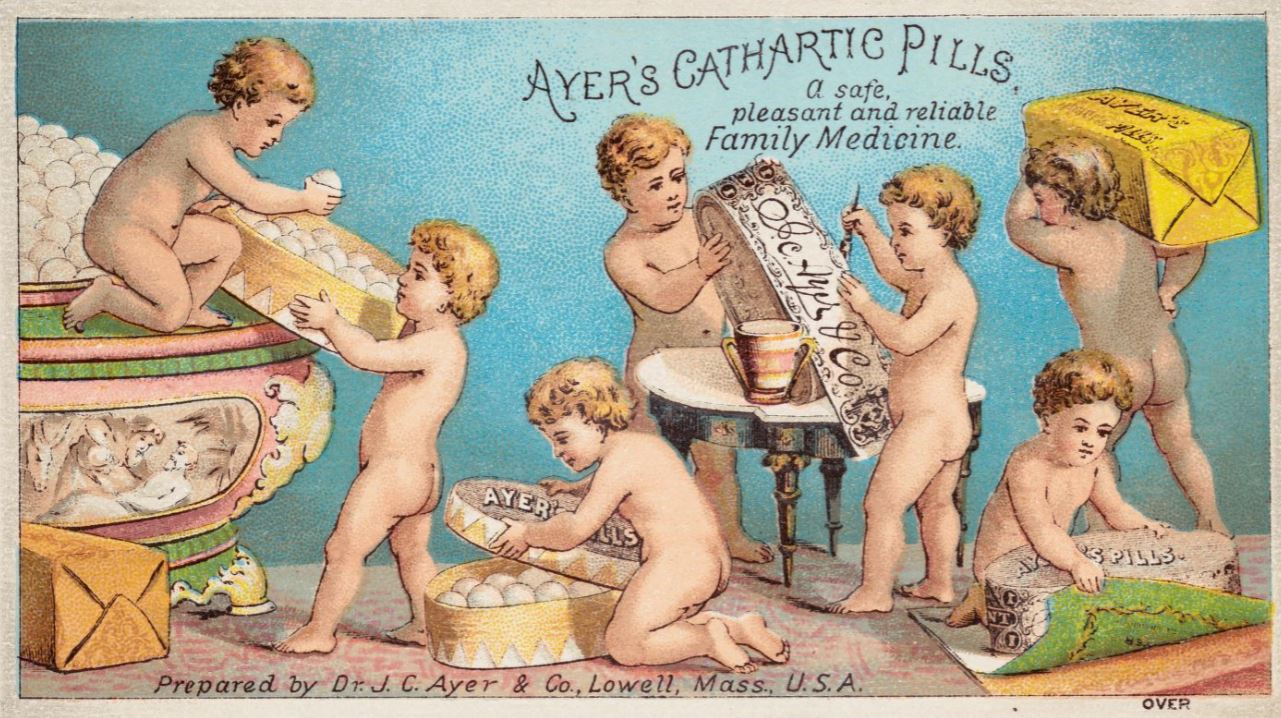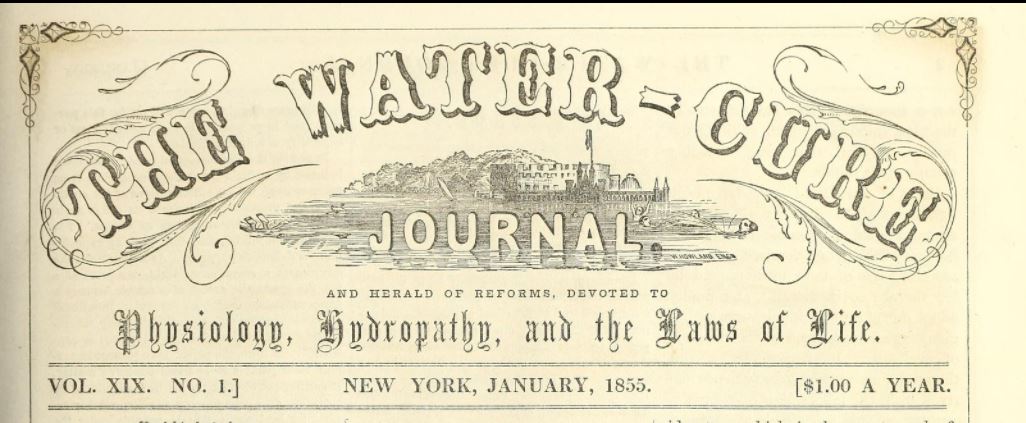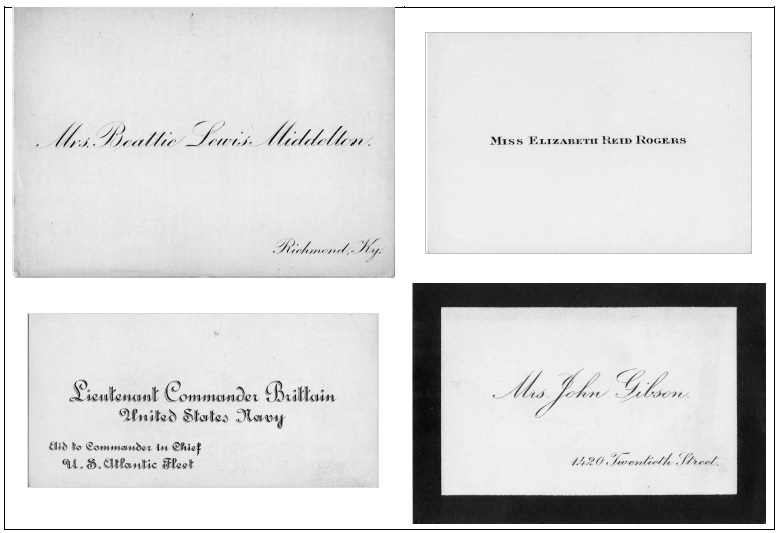Scams, rip-offs, cons, quacks, and purveyors of fake news thrive on the internet and other modern media. However, their tactics aren’t new; only the media carrying their message has changed. Ancient Rome had frauds, swindlers, cheats, and liars and Latin phrases warned consumers. Caveat emptor and cui bono are examples of age-old advice to follow in the modern world before purchasing anything that is just too good to be true.
Select the images for a larger view and more information.
Cui bono – Who profits or benefits by it?

Cui bono is a Latin phrase meaning “Who profits or benefits by it?” Today we might ask another related phrase as well – Who published it? Historically, learning more information about purveyors of products and ideologies was a challenge. However, with the wonders of the modern internet, we can learn who is behind a claim or product quickly and easily. Don’t just read the first page of internet search results, dig deeper and deeper into the pages that follow. Use search phrases such as “critics of . . .” and “problems with . . .” Internet customer ratings can be useful, but “cui bono” applies to those as well. Many are fake!
Caveat emptor – Let the buyer beware.

Caveat emptor translates as “let the buyer beware.” In other words, educate yourself about the product and examine it carefully before purchase. In the past, consumers could do little if they purchased flawed, damaged, fake, or dangerous merchandise. They were usually stuck with the results. Historically, government regulation of advertising and consumer safety was minimal, rare, or non-existent.
State and federal laws and agencies regulating the safety of food, drugs, cosmetics, and other consumer goods mostly date from the late 19th and early 20th century. We often assume our modern laws will guarantee our safety and provide iron-clad protection from fraud. But consumer protection laws are a work in progress subject to changing business and political climates. These agencies are constantly faced with products and scams delivered by new technology. They must balance the interests of consumers and businesses.
Government regulation of truth in advertising isn’t foolproof either. “It’s true because I saw it on the internet (or TV or newspaper)” is poor advice. Those selling questionable products and ideas know how to mislead without lying in a technical, legal sense. In the 21st century, many wrongly assume everything advertised to improve health is carefully tested for safety by government agencies. However, caveat emptor is excellent advice for the purchase of “dietary supplements.” Dietary supplements include vitamins, minerals, herbs or other botanical products. Under the terms of the Dietary Supplement Health and Education Act of 1994, supplements with ingredients sold in the United States before 1994 can be marketed without evidence they are effective or safe. Under this law, dietary supplements are regulated as foods, not as drugs. The manufacturer is responsible for ensuring the dietary supplement products they are selling are safe. Cui bono!
In the classroom

Learning and practicing media literacy skills is essential to every discipline. Examples of historical and modern promotion and advertising of questionable products are especially useful for teaching both primary source analysis and media literacy skills. Locate historical advertisements and other ephemera such as almanacs and trade cards. Apply the concepts of caveat emptor and cui bono to historical examples and then search for and analyze the claims of modern equivalents. You’ll learn the media have changed, but products and methods to sell them are surprisingly similar.
Quiz: Can you spot a quack?
Ineffective or dangerous medical treatments are not just something from a distant past. Even in the age of scientific medicine, people use quack cures. Test your knowledge of modern quackery with this short quiz.
Examples of questionable 19th-century products


To learn more:
 Resources to teach media literacy skills
Resources to teach media literacy skills- To learn more about fake cures and government regulation in the past by this author Cynthia Resor, see:
- More books by this author








This is an important topic all students must learn about! I could use this to teach a media literacy lesson in grades 6-12. I would introduce the image of fake sources to teach the media literacy concept to students.